Over the past half-century, the search for US soldiers missing in action (MIA) has become a model in cooperation to overcome the consequences of war between Vietnam and the US, contributing to building a symbol of reconciliation between the two former enemies.
"Passing through the door of 50 years, we not only remember the memories of the past, but also continue to fulfill the promises of those who stay, opening up a bright belief for the future," excerpt from the documentary "Promise and Trust" co-produced by Media 21 and MIA Vietnam Agency.
Teams of experts from both countries have worked together. From high mountains to deep seas, from landmines to remote areas to help families find out what happened to their loved ones.
The spirit of compassion and tolerance is the fundamental value of the Vietnamese people. For America, it is the Latin motto “E Pluribus Unum – From many, we are one”. Therefore, no one is forgotten, nothing is forgotten.
A journey of many ups and downs
After every war, the issue of missing persons is raised as a humanitarian issue. However, the solution depends on the policies and attitudes of the parties. In Vietnam, MIA (Missing in Action) is the first story mentioned and is also one of the last bottlenecks on the road to normalization.
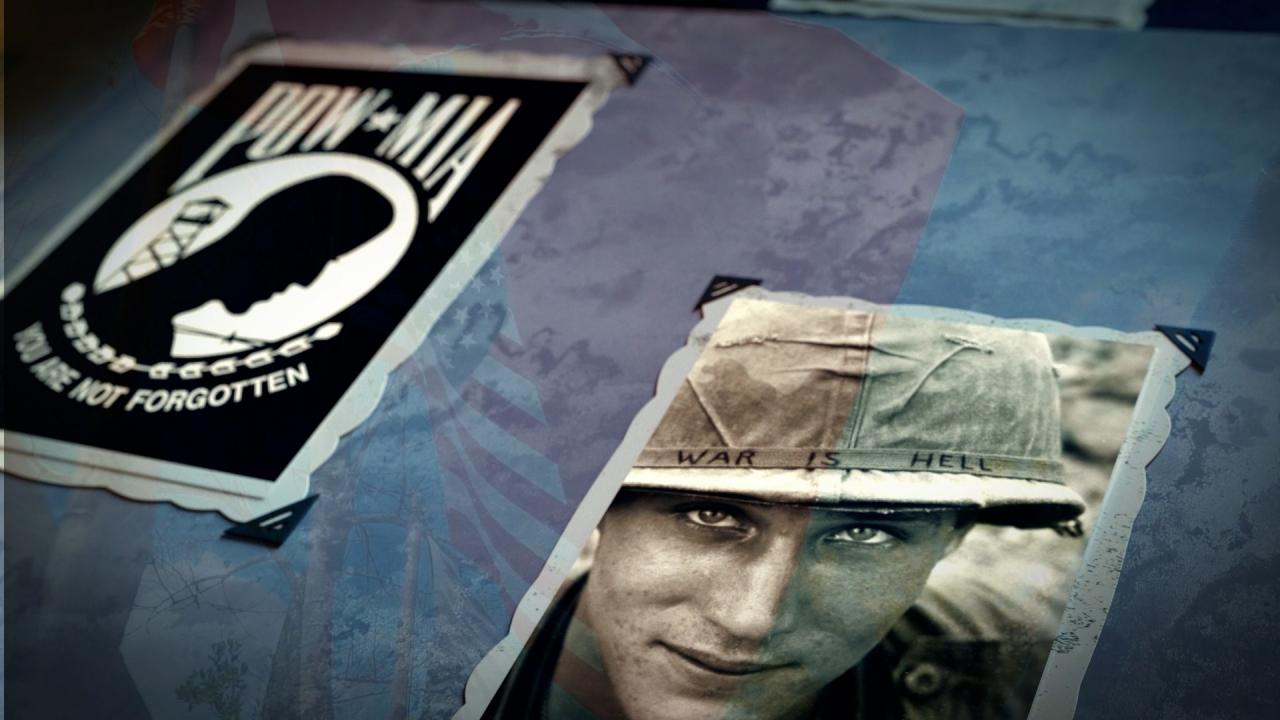
Just two weeks after the Paris Agreement was signed (January 27, 1973), the Vietnamese Government decided to establish the Vietnam Office for Searching for Missing Persons - VNOSMP to take the lead in resolving the MIA issue.
The Paris Agreement was signed in 1973. Article 8b of the Agreement states: “The parties shall assist each other in searching for military personnel of the parties and foreign civilians of the parties missing in action, locating and preserving graves of the dead, in order to facilitate the exhumation and repatriation of remains and take other measures necessary to find information about those still considered missing in action.”
Just two weeks after the Paris Agreement was signed (January 27, 1973), the Vietnamese Government decided to establish the Vietnam Office for Searching for Missing Persons - VNOSMP to take the lead in resolving the MIA issue.
March 1974: Vietnam returned 23 military remains to the US.
September 10, 1975: The US House of Representatives established the Special Committee on POW/MIA (Missing in Action and Prisoners of War) in Southeast Asia.
1977: President Jimmy Carter sent Leonard Woodcock to lead a delegation to Hanoi to negotiate with Deputy Prime Minister and Minister of Foreign Affairs Nguyen Duy Trinh.
In this stage of negotiations, the two sides' positions remain different.
In 1979, Vietnam faced a border war. The Vietnam-US relationship during this period did not make much progress, causing the MIA issue to continue to fall into a deadlock.
Under President Ronald Reagan, resolving the fate of missing American service members became a national priority. In addition to launching a public awareness campaign, the White House increased resources for the POW/MIA program and actively pursued the issue in negotiations with Vietnam.
During this time, Vietnam also contacted the US Veterans Association in Vietnam and non-governmental organizations to discuss the MIA issue.

Overcoming challenges and differences, the two countries officially established diplomatic relations, paving the way for a new stage of development in the search for missing persons from the war.
In 1987, President Ronald Reagan appointed General John William Vessey as Special Presidential Envoy. This was an important milestone in the process of resolving the POW/MIA issue. During his three terms as president, General Vessey took on an extremely difficult role and became one of the “historic icebreakers”.
On August 2, 1991, the US Senate passed a bill to establish a special committee on POW/MIA. From November 16 to 21, 1992, the Committee sent a second delegation led by Senator John Kerry to Vietnam. During that trip, the Vietnamese side created conditions for the US delegation to verify the suspicions surrounding the MIA issue.
After taking office as US President, Mr. Bill Clinton was expected to be the next person responsible for thoroughly handling the remaining difficulties in the POW/MIA issue.
Overcoming challenges and differences, the two countries officially established diplomatic relations, paving the way for a new stage of development in the search for missing persons from the war.
50 years MIA and the pain gradually coming to an end
After more than 150 joint operations, the working groups have recovered and repatriated more than 1,000 sets of remains, most of which have been identified. The goodwill, humanitarian spirit and full cooperation of the Vietnamese side have contributed to healing the wounds of war in the hearts of the two nations, helping the people of the two countries understand each other better, gradually building trust, and making an important contribution to promoting the relationship as it is today.
US veterans organizations have provided information related to more than 11,000 Vietnamese martyrs, helping to find and collect the remains of more than 1,000 martyrs. In July 2020, Vietnam and the US also signed a Memorandum of Intent on the US supporting Vietnam to improve its capacity to identify war remains.

After more than 150 joint operations, the working groups have recovered and repatriated more than 1,000 sets of remains, most of which have been identified. The goodwill, humanitarian spirit and full cooperation of the Vietnamese side have contributed to healing the wounds of war in the hearts of the two peoples.
By July 2021, Vietnam and the US also signed a memorandum of understanding (MoU) on cooperation in searching for, collecting and identifying the remains of Vietnamese martyrs, to create more conditions for Vietnam to bring the remains of hundreds of thousands of martyrs back to their families and loved ones.
The challenges to completing the search for missing people still exist. These are: The risk of losing crime scenes due to changes in nature and society. The remaining crime scenes are mostly located in rugged, difficult and dangerous areas; The risk of gradually losing witnesses due to old age, poor health, loss of records, relics...
Nevertheless, the Vietnamese Government and people will continue to cooperate closely with the US on MIA issues as well as in areas of overcoming war consequences.
vietnamnet.vn


![[Photo] Prime Minister Pham Minh Chinh attends a conference to review one year of deploying forces to participate in protecting security and order at the grassroots level.](https://vphoto.vietnam.vn/thumb/1200x675/vietnam/resource/IMAGE/2025/11/12/1762957553775_dsc-2379-jpg.webp)




![[Photo] Highways passing through Dong Nai](https://vphoto.vietnam.vn/thumb/1200x675/vietnam/resource/IMAGE/2025/11/12/1762940149627_ndo_br_1-resize-5756-jpg.webp)
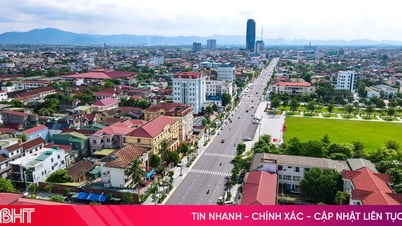

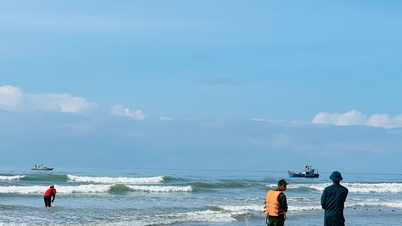

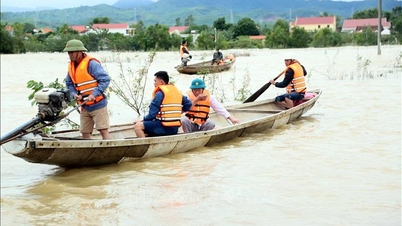

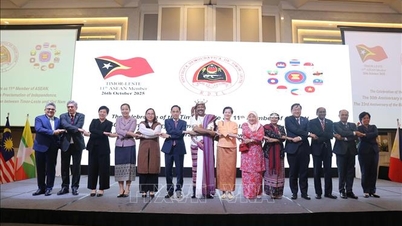
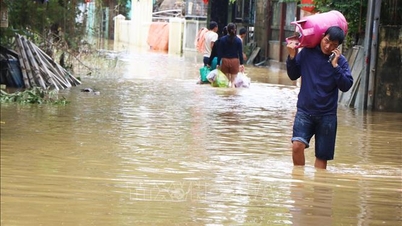
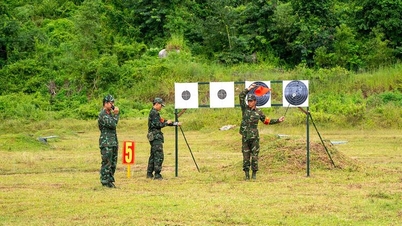

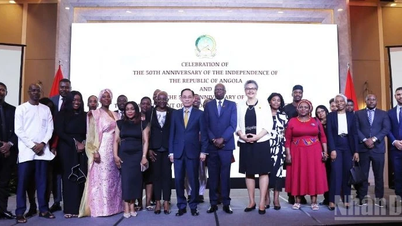

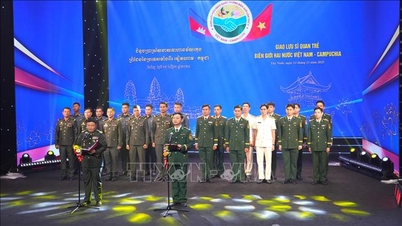




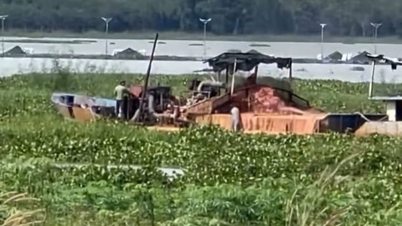








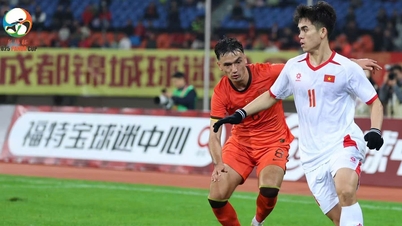
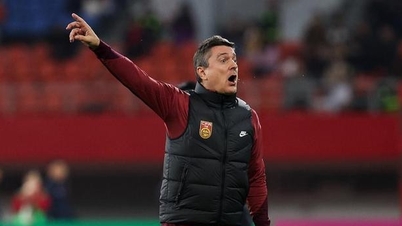
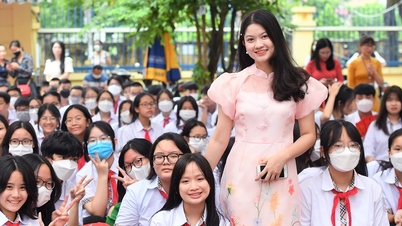
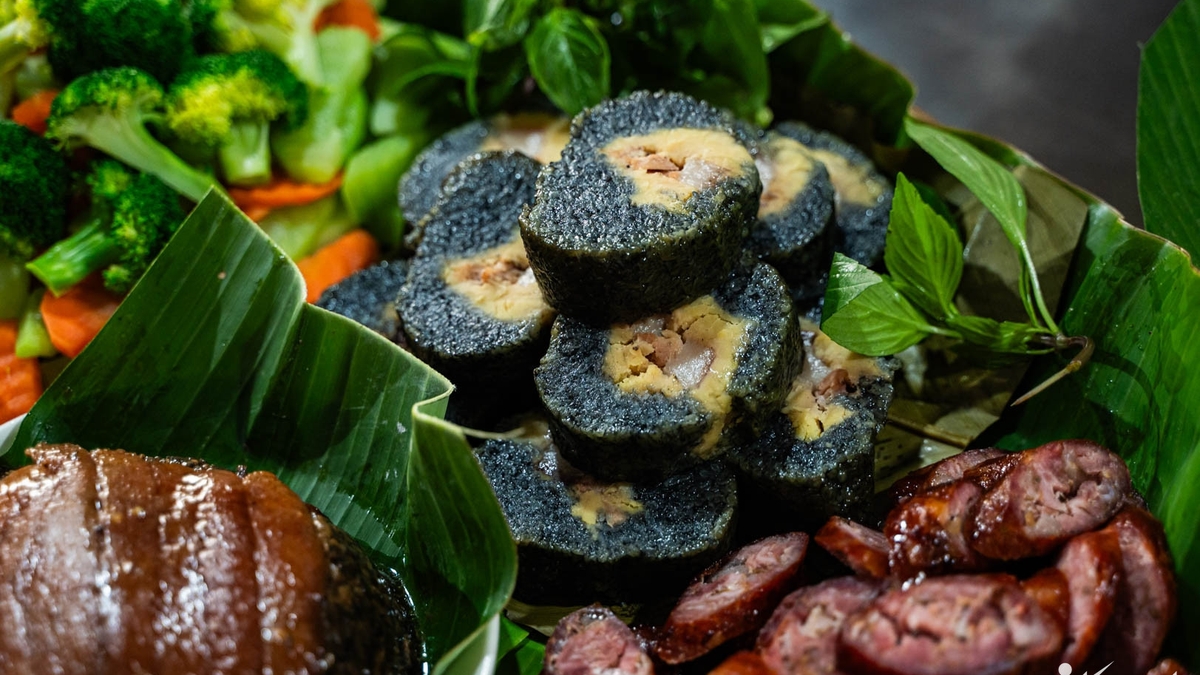





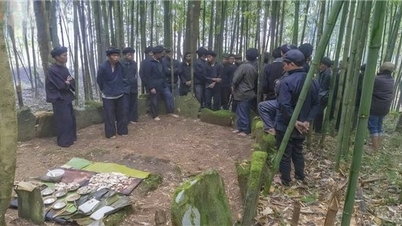


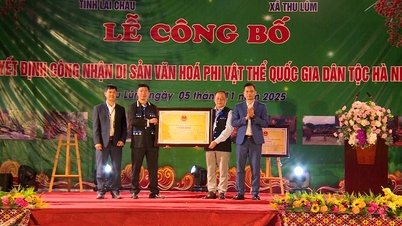

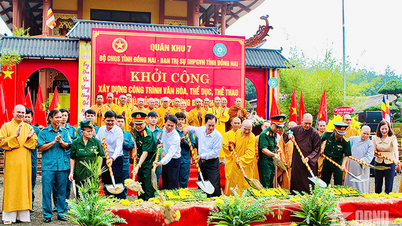



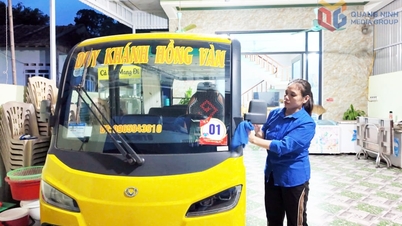


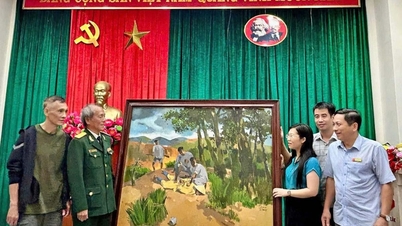

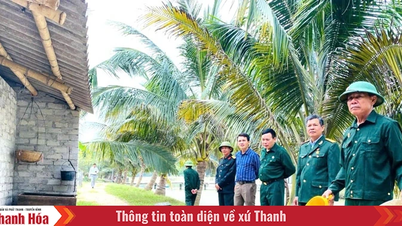


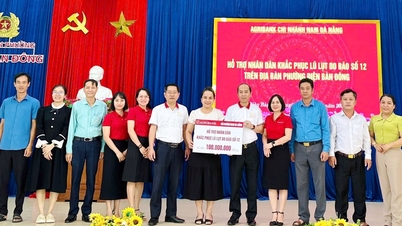

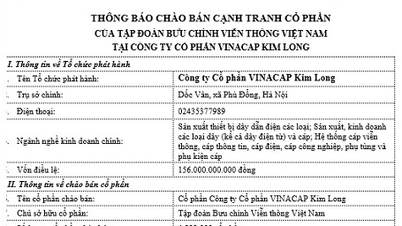
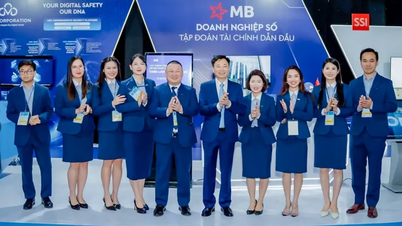

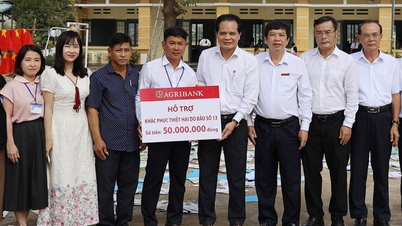
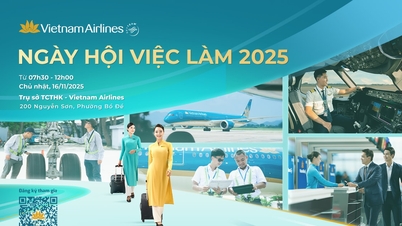

















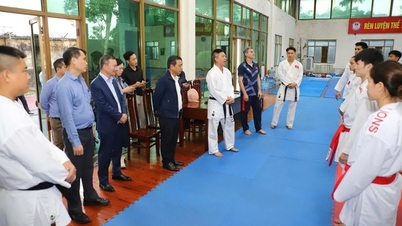

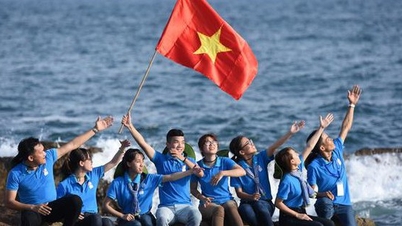




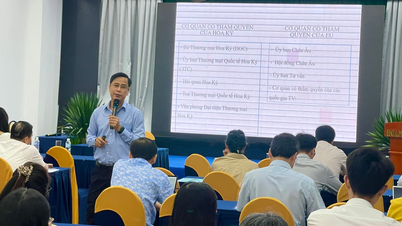
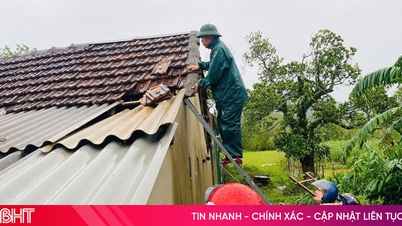


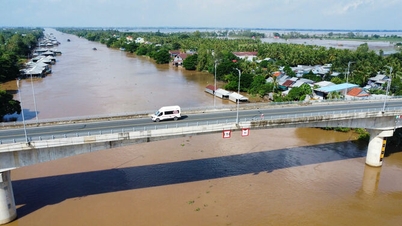
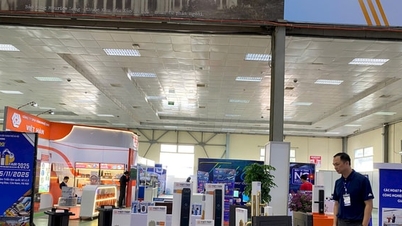



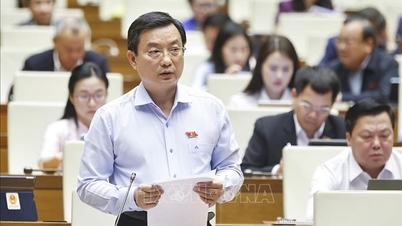
![Dong Nai OCOP transition: [Article 3] Linking tourism with OCOP product consumption](https://vphoto.vietnam.vn/thumb/402x226/vietnam/resource/IMAGE/2025/11/10/1762739199309_1324-2740-7_n-162543_981.jpeg)






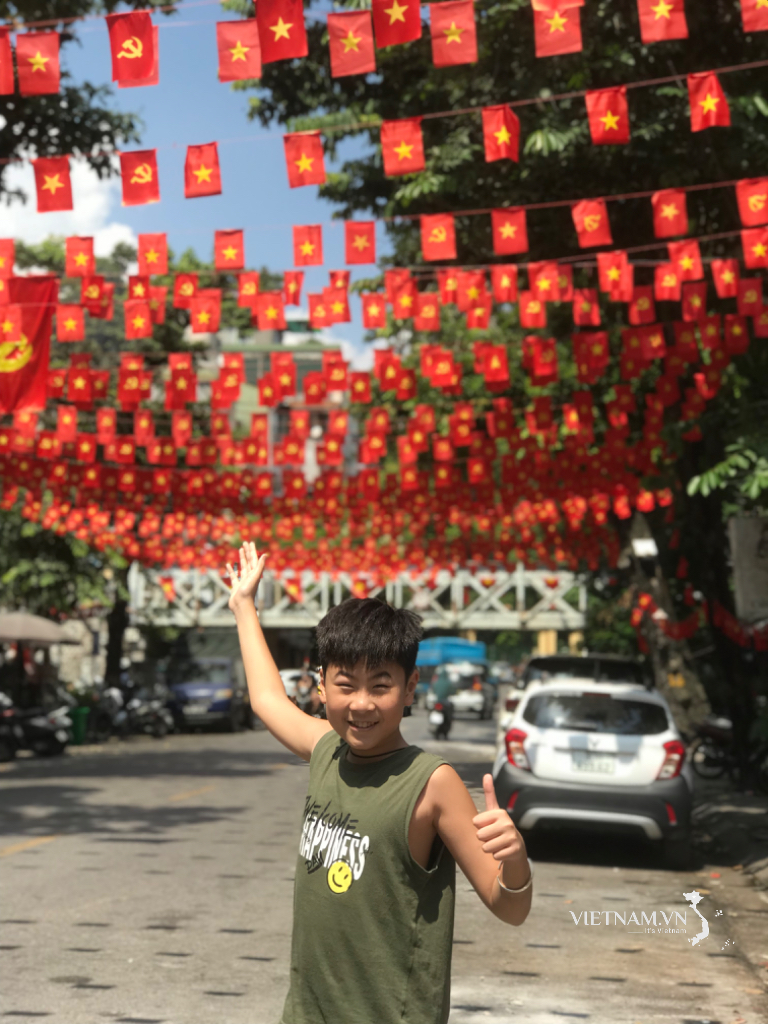
Comment (0)